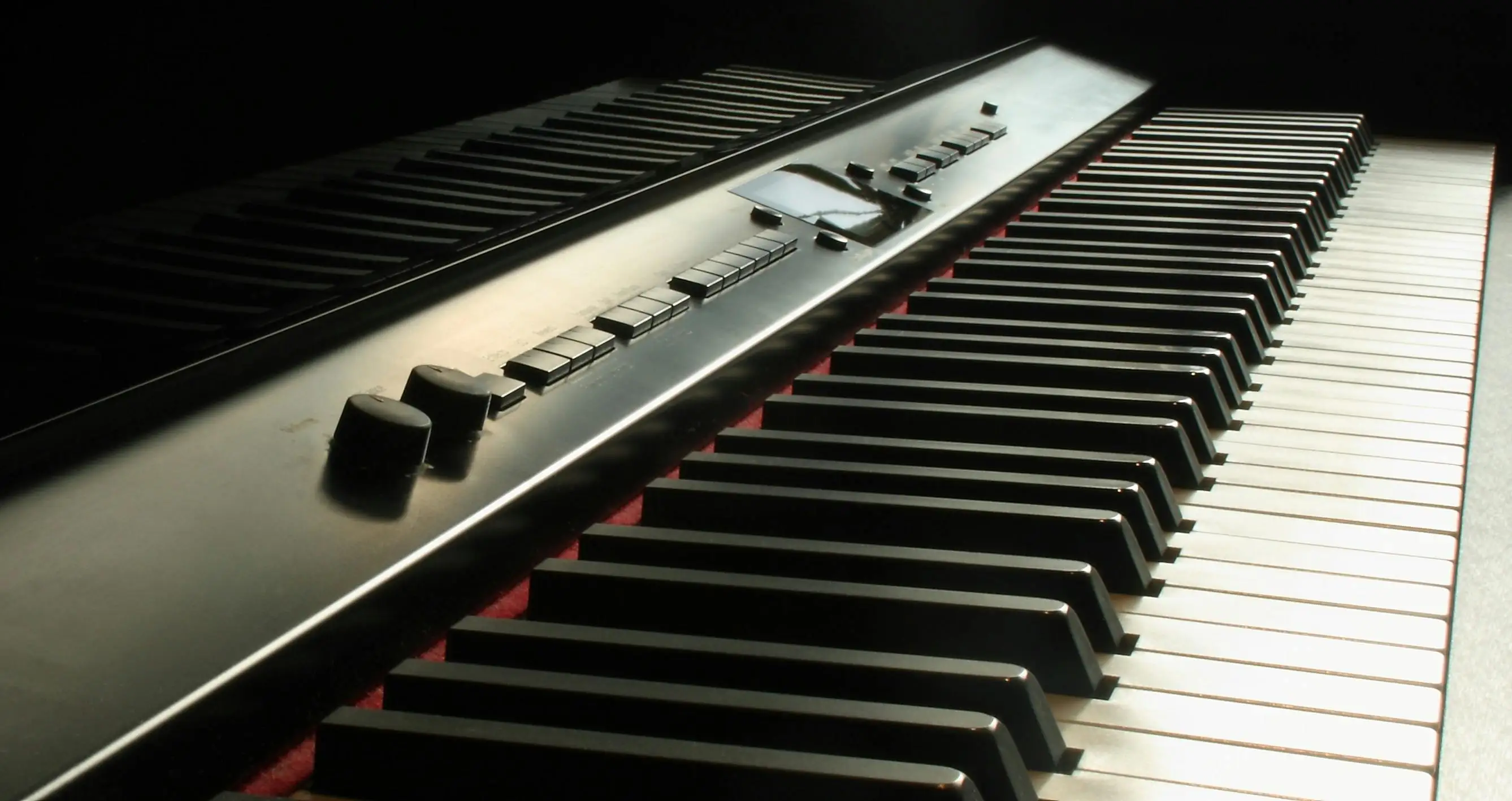One of the best ways to take control of your sound is to understand the fundamentals of sound design. When it comes to electronic music, we use sonic synthesis as the bedrock for creation. Additive synthesis is just one of the several synthesis methods and serves as the basis for many popular sounds and synthesizers of today.
Below, we'll unpack exactly what additive synthesis is so that you can have a better understanding of how it works from the ground up. We'll also share a couple of famous instruments that use additive synthesis so that you can get inspiration for your tracks. Let's take a closer look!
What is Additive Synthesis?
Additive synthesis is a type of sound synthesis or the process of using electronic hardware or software to create sounds. It is one of the sound synthesis methods, with other common types including subtractive synthesis, frequency modulation or FM synthesis, vector synthesis, and more.
A common example of an additive synthesizer is the Kawaii K5000 series, though there are many different additive synths as discussed below. Additive synthesis works by stacking together several concurrent frequencies and amplitudes, creating one rich sound built upon the foundation of the sine wave. Simply put, additive synthesis is stacking several sine waves to create sounds.
Musicians can use sine wave oscillators, harmonic settings, shaping envelopes, noise, among other tools to shape these sine waves into a stunning array of sounds.
This fundamental sound design concept can give you enhanced control over your sound. While it may take longer to build sound using the additive synthesis method, understanding how to create complex soundscapes from sine waves can be incredibly useful.
From the basis of additive synthesis, you'll begin to understand how sine waves serve as the basis for many other familiar waveforms, like the sawtooth wave or triangle wave.
How Does Additive Synthesis Work?
Unlike other synthesis methods, additive synthesis starts with a truly blank slate. From there, you add sine waves of varying characteristics and play them concurrently, with each subsequent layer adding another degree of harmonics. Each sine wave tends to act like an oscillator in this context since each layer affects the interaction between those before and following it.
Additive synthesizers have envelope parameters that can be applied to individual sound waves, or a group of selected sine waves. Since an organ layers sound sources on top of each other with the intent to be played as one instrument, it can be considered a type of additive synthesizer:

While additive synthesis provides more precise control over the sound of the resulting instrument design, it can also be quite taxing depending on how many layers are needed to create the final sound. You are more likely to find software additive synthesizers than hardware offerings due to these limitations, but there are a couple of well-known examples as showcased below:
What is the Difference Between Additive and Subtractive Synthesis?
While both additive and subtractive synthesis serve as fundamental sound design techniques, they are somewhat opposites in terms of process. With additive synthesis, you start with essentially nothing and build from the ground up. In the case of subtractive synthesis, you start sculpting with a rich sound with complex harmonics, adjusting the waveform by taking away unwanted elements.
In subtractive synthesis, filters and envelopes are used to adjust the waveform character and mitigate unwanted frequencies. Subtractive synthesis is far more common than additive synthesis. However, additive synthesis may provide more control over the sonic character since you are layering raw sounds on top of one another.
7 Famous Additive Synthesizers
Are you considering testing out additive synthesis? Here are a couple of synthesizers that might be worth testing out:
Kawaii K5000s
Appearing deceivingly simple, the versatile Kawaii K5000 series offers a whole range of sonic possibilities. Used by the likes of Kraftwerk, these famous hardware synths have stood the test of time, though learning how to program these synths can take some getting used to:
Alchemy
If you're a Logic Pro user, you can experience the power of the software synth Alchemy for free. With several analog elements on each track, you can use this synthesizer to create a wide variety of sounds, even if you want to venture past the realm of additive-specific sounds:
XAOC Devices Odessa
One of the few successful modern hardware additive synths, this small but mighty hardware piece can support up to 2560 harmonic partials. With three signal outputs, Odessa is practically waiting to become a mainstay in your synth rack:
New England Digital Synclavier
This early hardware synthesizer offers both additive and FM synthesis amongst its generous 72 keys. You can hear this synth at work in famous tracks by bands like The Cure, New Order, Genesis, Soft Cell, and The Cars, to name a few:
Reaktor Razor
Reaktor offers an elegant software additive synth through Razor . This flexible synth with a clean UI is perfect for those new and familiar with additive synthesis to play with. With 8 built-in Macro controls, you'll have no issue automating your soundscapes to taste:
AIR Loom II
Loom 2 is well regarded as one of the best software additive synths available. With up to 512 harmonic partials per patch, you can create intricate soundscapes with this synth plugin:
Rob Papen Blade 2
With a seamless XY pad for quick manipulation and powerful sound engines, the Rob Papen Blade 2 is a popular choice amongst software synthesizers. It might not have the fanciest UI, but this software synth comes with a bevy of presets to play with if you don't feel like starting completely from scratch:
Additive Synthesis FAQs
Are you ready to dive into the world of additive synthesis? Here are a couple of commonly asked questions and answers to consider before you start experimenting with various synthesis methods:
Is FM synthesis additive?
No, FM synthesis and additive synthesis are distinct types of sound synthesis. With FM synthesis, sounds are created by modulating the frequencies and amplitudes of one oscillator (called a carrier) by another (known as the modulator). Additive synthesis is essentially layering several individual sine waves on top of one another to create complex sound.
What is additive synthesis used for?
Additive synthesis is a type of digital signal processing and sound design method that involves stacking various forms of sine waves on top of one another, playing them concurrently.
How do you create additive synthesis?
You create additive synthesis by layering several sine waves on top of one another. Each of these sound waves has its own character via harmonics, envelopes, and other parameters which add to the overall nature of the resulting sound. An organ or pipe organ in many contexts can be considered as a type of additive synthesizer.
What are the three types of synthesis?
There are more than three subcategories of sound synthesis, but the three distinct groups include additive synthesis, subtractive synthesis, and frequency modulation synthesis, otherwise known as FM synthesis.

Understanding the nuts and bolts of additive sound design can serve any musician well, even if you don't intend to dedicate many of your waking hours to the rabbit hole of synth sound design. Have fun building your own unique instruments from the ground up.





